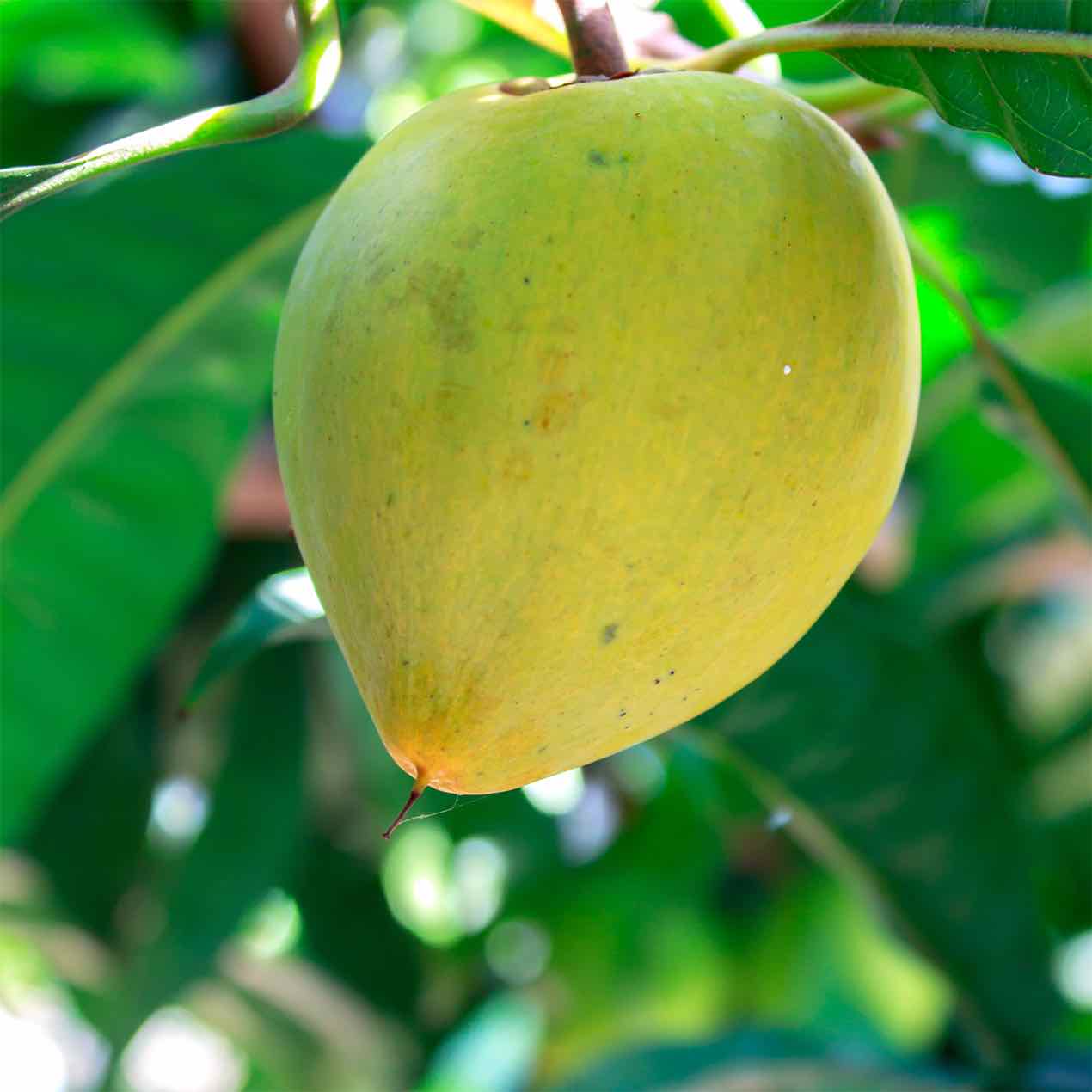

Berries picked after a frost can be used to make juice. The lingonberry plant (Vaccinium vitis-idaea) is native to the boreal forests of Norway, Sweden, Finland, Canada, Russia, and the rest of the Arctic tundra climate throughout the Northern Hemisphere. Lingonberries contain the natural preservative benzoic acid, which allows the berries to keep well either crushed and kept in cold storage or submerged in water. The berry is preserved by freezing, crushing, or boiling to make jelly or jam. They can be used as an ingredient in berry soups, porridge, casseroles, baked goods and juice. Lingonberries have traditionally been used as a garnish for meat dishes. The amount of resveratrol in lingonberries is similar to that found in the key ingredient of red wine, dark grapes.īased on the Fineli Food Composition Database Release 20 (June 27, 2019) It also contains lignans, proanthocyanidins and resveratrol. The lingonberry is rich in many different types of polyphenols, the potential health properties of which are being researched intensively. The lingonberry is rich in manganese and is also a good source of fibre. They have the lowest level of vitamin C of all the wild berries, however. They are very attractive, easy-to-grow plants with bright red fruits the size of a small blueberry. Lingonberries contain a significant amount of vitamin E. Vaccinium vitis-idaea Scandinavians love these fantastic edible evergreen groundcovers that produce delicious cranberry-like berries great for sauces, jellies and cooking. The best time to pick lingonberries is from late August to early October.

The best berry-picking spots yield 100–500 kg per hectare. The most prolific lingonberry plants will often grow in the clearing that remains after final felling or under seed trees. The lingonberry is most productive in areas where the tree canopy does not block sunlight from reaching lower levels of growth. The weather is more stable at this time and there is a greater abundance of pollinating insects. The harvest is more reliable than that of bilberries, as the lingonberry flowers a few weeks later. The lingonberry yields the largest crop of all the wild berries. It can also be found in pine or spruce bogs, in herb-rich forests, on rocky outcrops, on tundra heaths and at the edges of fields. Typical habitats include xeric, sub-xeric and mesic boreal forests. It is the most common shrub among the types of forest undergrowth found in Finland. The lingonberry grows throughout Finland. The bitter-tasting lingonberry is globose, red and juicy.

The inflorescence is a dense terminal raceme. Its urceolate or pitcher-shaped corolla is 5–8 mm in length and either white or reddish. Its leaves are overwintering, tapering, have a waxy surface and are green on top and light green underneath. The stems of the plant are woody and hairy. The lingonberry is an erect or ascending shrub growing to a height of 5–30 cm.


 0 kommentar(er)
0 kommentar(er)
